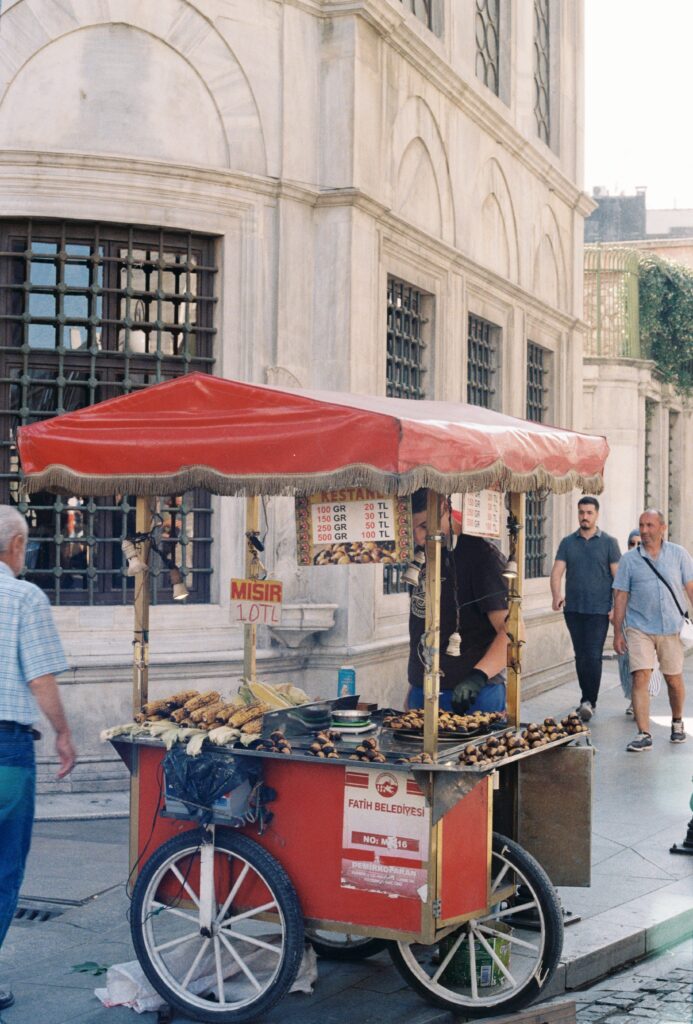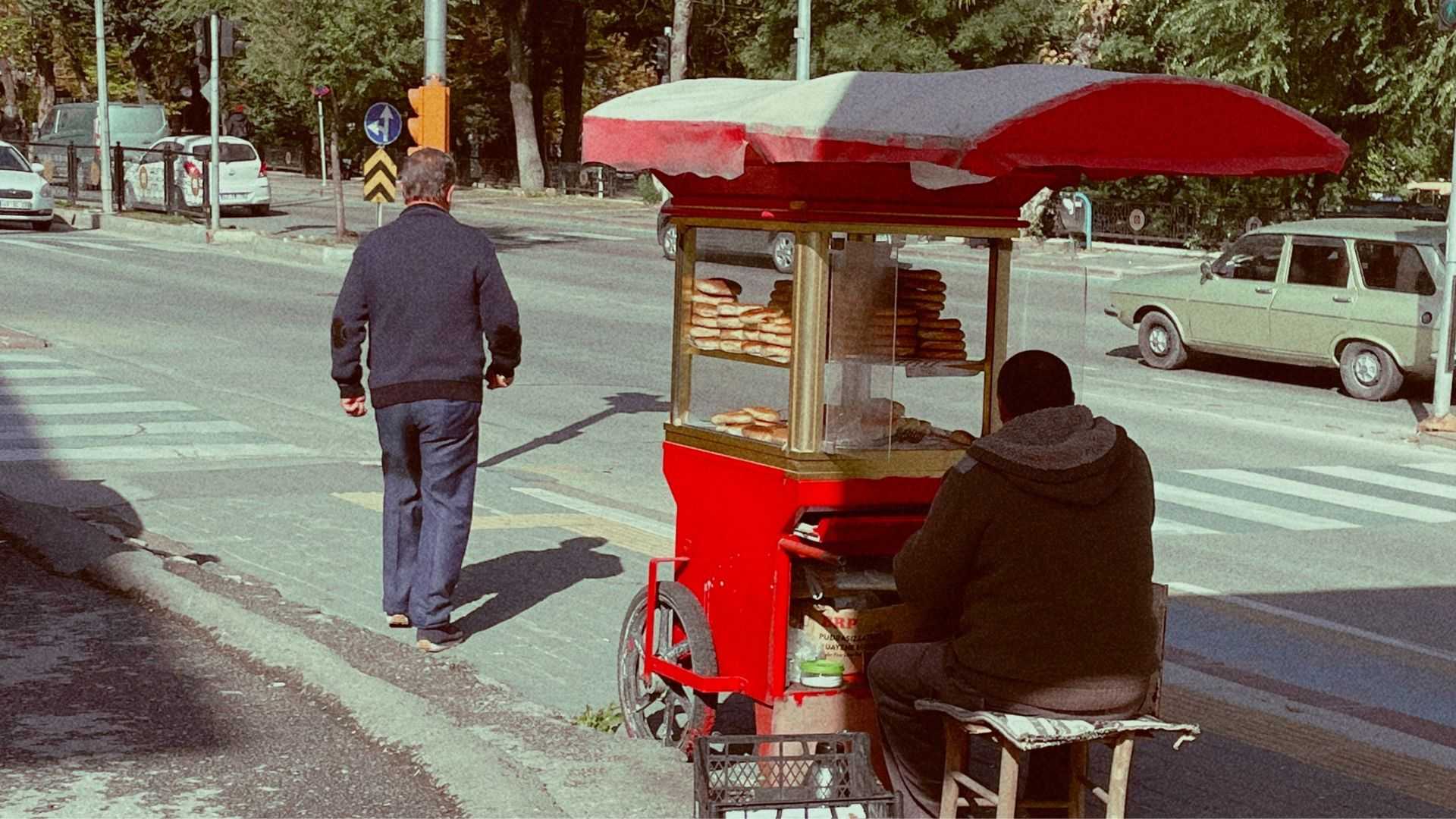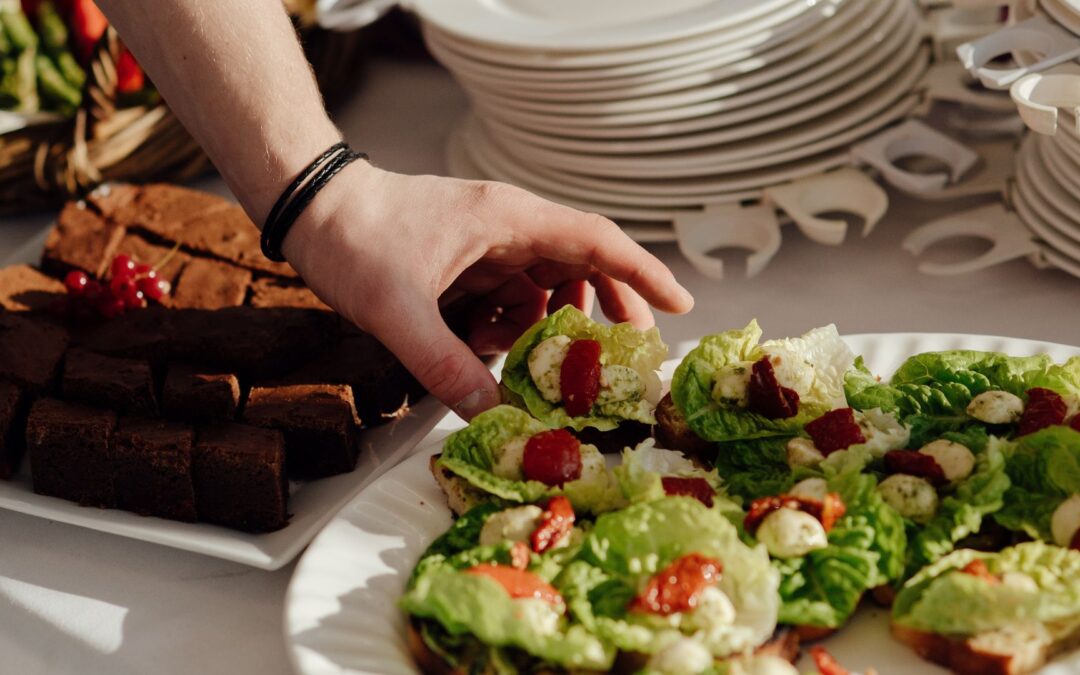The operational costs of any business play an important role for business. Reducing these costs as much as possible, the maintaining quality will improve the profit margin of the business. By reducing these costs, it is possible to give more benefits to the buyer at a lower cost. This applies to the food business like any other business. A large portion of the cost of running a restaurant business is spent on renting the space where the restaurant is located. Depending on the rent the cost of business increases or decreases. Doing business in a place that is usually crowded is a useful business strategy. This increases the chances of getting more buyers but at the same time, taking such a place increases the cost because the place becomes valuable to everyone. There has always been an attempt to manage these two opposite properties and bring them together for the favour of the business. The food cart brings this advantage to the food business.
‘Food cart’ refers to a mobile food store. These stores can be relocated. As a result, it is easy to serve the customer with this shop in any crowded place. There are two main types of food carts. In one, the seller sits inside the food cart and serves the buyers. On the other, the seller is standing or sitting outside the vehicle, in this case, the vehicle is used only for preparing and storing food.
The history of food carts is very old. Such movable food carts originated in ancient Greece and Rome. In that time, the vehicles were pushed by hand or pulled by an animal and moved. In this way, the food carts could be moved to different places. The growing popularity of trains has taken the history of food carts a long way. In those days, passengers who travelled by train were served at the station-owned restaurant for food and drink but low-income passengers among them were not financially able to take advantage of this. The railway authorities then allowed some traders to serve these passengers at the station in a moving food cart. These food carts have low-cost food facilities. Low-income passengers prefer to take this service. This is how food carts became popular among the common people. In underdeveloped countries in Africa and South Asia, food carts are still used to meet the needs of travellers.

The type of food cart has also changed over time as the use of motorized vehicles has increased. In this case, the old vans are converted into food carts. Being engine-driven, they could be easily moved from one place to another. The back of the van was used for cooking. Sometimes the food was cooked at home and taken to the educational institution, office or at the corner of a crowded road at noon and the food was heated and sold to the buyers. Since there was no need to rent a shop, these food vans could provide food to the buyers at low prices. As a result, most of the buyers felt comfortable eating from these vans.
Modern food carts are starting to get lighter. These carts are usually made in a steel frame. Grill machines, chillers, fryers, etc. are added to it. The seller stands outside and sells food. Many times buyers are given the opportunity to sit with some plastic chairs.
Food carts are becoming popular in our country day by day. Although this type of business is already in operation, the food cart business is being introduced in a new and modern way by the hands of some dreamers. They want to change the food cart business by embracing the idea of cleanliness, pureness and healthy. Among them are CP Food Truck, Matrz, Chopsticks, Yummilicious, Izza Wrap, HM Food, Petuk, Food Street, Spaghetti Wheels, Munchies Republic, Hot Box, Deluxe Street Food, Bon Appetit are remarkable. Dhaka seems to have become a food cart paradise. The competition that has begun with the modernization of the food cart to provide the highest level of service to low-income customers is suddenly waiting to expand that no need to say.






